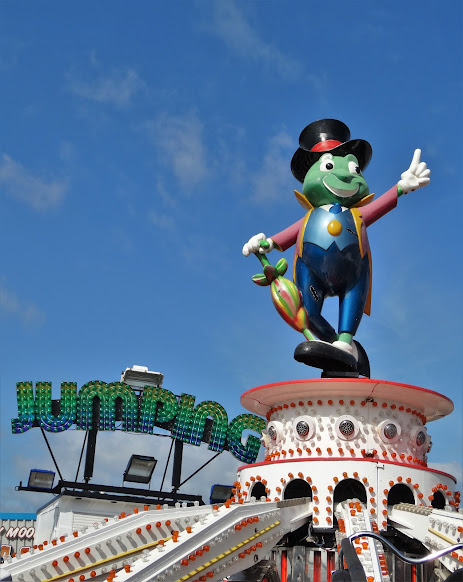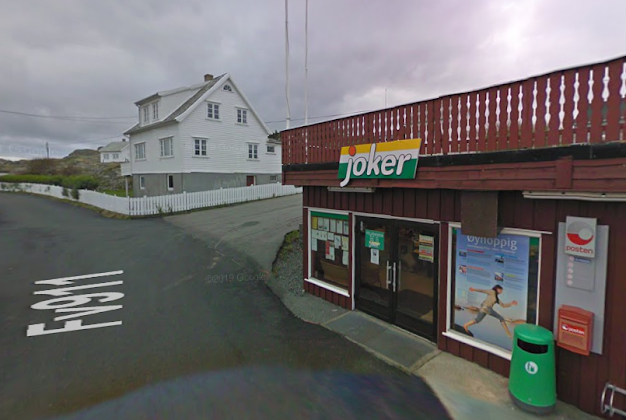"O God, I could be bounded in a nut shell and count myself a king of infinite space, were it not that I have bad dreams." - Hamlet Act II scene ii
28 February 2023
Musketeers
27 February 2023
Ruins
26 February 2023
Snowdrops
Today - before preparing the Sunday roast dinner - I drove out of the city to Shotts Lane. It is a dead end lane where I have often parked Clint and previous vehicles too - Keith, Dave the Ford Focus, Pierre and Graham the Seat Ibiza. With boots on, I set off marching my very familiar circular route. If I don't loiter or stop to take photographs, the walk takes me exactly an hour.
This morning I was slowed down by the snowdrops that gather on the banks of Redcar Brook. Such a beautiful display this year. Thousands of them. I paused to take pictures as I acknowledged their loveliness. They were so lovely that tomorrow I plan to add a poem called "Snowdrops" to this blogpost.
Googling "snowdrops", I discovered that they are not in fact native plants. They were introduced long ago - possibly during the era of Roman occupation but were certainly well-established by the sixteenth century. Interestingly, William Shakespeare never referred to snowdrops in his writings though he did remark upon daffodils in "The Winter's Tale": "When daffodils begin to peer, - With hey! The doxy over the dale, - Why, then comes in the sweet o' the year".
Waiting there till comes the dayTo ring fair springtime’s knells. Or like an army one for allAssembling in your ranks,You hear far distant summer callBeside the Redcar banks.
As in June we wait to seeThe return of absent swallowsOh how did we often long for theeIn winter’s frozen hollows.
25 February 2023
Archive
24 February 2023
Lunching
In the middle of last month I telephoned him and we went out for a midweek lunch after I had picked him up in the silver chariot known as Clint. We went to a pub called "The Rising Sun" in the Nether Green suburb of this great northern city. There Bert also supped three pints of "Daily Bread" - a bitter beer produced in Sheffield by The Abbeydale Brewery. Because I was driving I only had one pint.
On Wednesday of this week, I took Bert out again to a different "Rising Sun" - on Abbey Lane in the Parkhead district of the city. Again he had three pints of beer - this time "Black Sheep" from Masham in North Yorkshire. While I had a cheeseburger with chips (American:fries) Bert treated himself once again to a lunch of haddock and chips with mushy peas.
There are 121 pubs in England called "The Rising Sun" making it number 33 on the list of most popular pub names. The top three on that list are "The Red Lion"(515 pubs) , "The Crown" (477) and "The Royal Oak" (404).
On the face of it, you wouldn't think that Bert and I would get along so well. He left school at the age of fifteen with no qualifications and was an unskilled labourer all of his working life. In contrast, I left school at the age of eighteen with A levels and later earned an honours degree in English along with a diploma in education before embarking on a long teaching career.
Bert has a happy disposition and a good sense of humour but he also intently watches "Prime Minister's Questions" from London every week and is politically astute. Our reactions to national politics and world events are broadly similar. He still hates Boris Johnson with a vengeance and is particularly scathing about the Brexit disaster we continue to suffer week by week. It was made possible by Johnson and probably Russian bots seeking through social media to destabilise western Europe's unity ahead of the war still being waged upon Ukraine.
If I don't see him in our local, I will be picking Bert up again next month and taking him to a different pub but it won't be called "The Rising Sun".
23 February 2023
Finn
22 February 2023
Seaside
We live inland, seventy miles from the sea. And yet our heartbeats remind us of the rhythm of waves bursting then receding upon this island's shores. It's always nice to visit the sea. A bit like coming home. It has healing qualities and troubles seem less troublesome there.
In the autumn of 2017, I carelessly dropped my old camera and damaged it. Soon afterwards I bought a replacement camera leaving 1600 images on the memory card of the old one. It was only yesterday that I downloaded those pictures onto my desktop computer. It was good to look through images that are over five years old now - from a time before the COVID plague.
I was reminded that we visited the coast of North Norfolk in 2017 - on England's North Sea coast. We stayed in Dersingham near the royal estate at Sandringham. It wasn't far from the seaside town of Hunstanton - famously the only resort on England's east coast that faces west and we walked on empty beaches with big skies.
It was most pleasurable to be close to the sea and to explore a corner of The Island of Britain that was pretty much unknown to us.
These photographs bring it all back - well, almost.
21 February 2023
Snaps
20 February 2023
Khmer
19 February 2023
Utsira
Unless you are geographically illiterate, you will know that Great Britain is a maritime nation situated on the eastern side of the North Atlantic Ocean. We are surrounded by seawater which can be as calm as a millpond or as rough as The Drake Passage.
For centuries, our ships have ventured out into the surrounding seas - transporting goods or people, catching fish or fighting wars. Many ships and many lives have been lost. That is why, in the middle of the nineteenth century, efforts were made to find ways of informing mariners about sea conditions, including storms.
Linked to this ambition, surrounding waters were divided up into thirty one specific sea areas - ranging from Trafalgar in the south - off the coast of north west Spain to Southeast Iceland in the north.Every day of the year, the London Met office broadcasts a shipping forecast via BBC Radio that covers all thirty one of those sea areas. People of my generation grew up with those forecasts - like a continuous poem that was and perhaps remains the comfortable and reassuring bedrock of our lives...."Humber, Thames. Southeast veering southwest 4 or 5, occasionally 6 later. Thundery showers. Moderate or good, occasionally poor."
18 February 2023
Film
17 February 2023
Hillbilly

J.D. Vance, who is now a junior US senator for the state of Ohio, first published "Hillbilly Elegy" in 2016 but I have only got round to reading it this year. I guess that several literate Americans who visit this blog will have read the book long before Vance became a senator - just last year..
I found it eminently readable. It paints a picture of economic, social and cultural deprivation in Appalachian Kentucky and in the places in Ohio that attracted Kentucky job migrants towards the end of the last century. They brought Kentucky with them.
Vance's childhood was apparently a hard one to navigate and he may have got lost without the support of his maternal grandparents - always known affectionately as Mamaw and Papaw.
We see Vance beating the odds that were stacked against him. After high school he joined the US Marines before returning to tertiary education at Ohio State University. It was from there that he won a prestigious scholarship to Yale Law School. In spite of achieving his American dream, he never forgot where he had come from - the love and loyalty but also the drag anchors that still tend to pull down America's poor.
Politically, it's not clear to me why Vance was drawn to The Republican Party and why in particular an initial loathing of Donald Trump grew into unbridled support for that loathsome "fake" president. Given his background, I think it would have made better sense if Vance had been attracted to The Democrats. However, I should point out that there is little reference to his personal political journey in the book. Perhaps those aspirations were hatched after the book's first publication.
I remind myself that at 38 years old, J.D. Vance is only eleven days older than my son Ian and yet he often writes as though he has seen it all. In fact, the final draft was completed around the time of his 31st birthday.
"Hillbilly Elegy" is a mixture of memory and socio-political reflection Here's a taster from the text...
Most Visits
-
Last night, we lay down on sunbeds and watched Mrs Moon rise like a tangerine over The Aegean Sea. To capture the beauty of the scene fa...
-
Chavs being chavvish. Just the other day, I spotted a male "chav" down by the local Methodist church. He was wearing a Burberrry ...
-
So there I was standing in the kitchen of our son's terraced house. Something caught my eye outside in his little urban garden. It was a...



















































